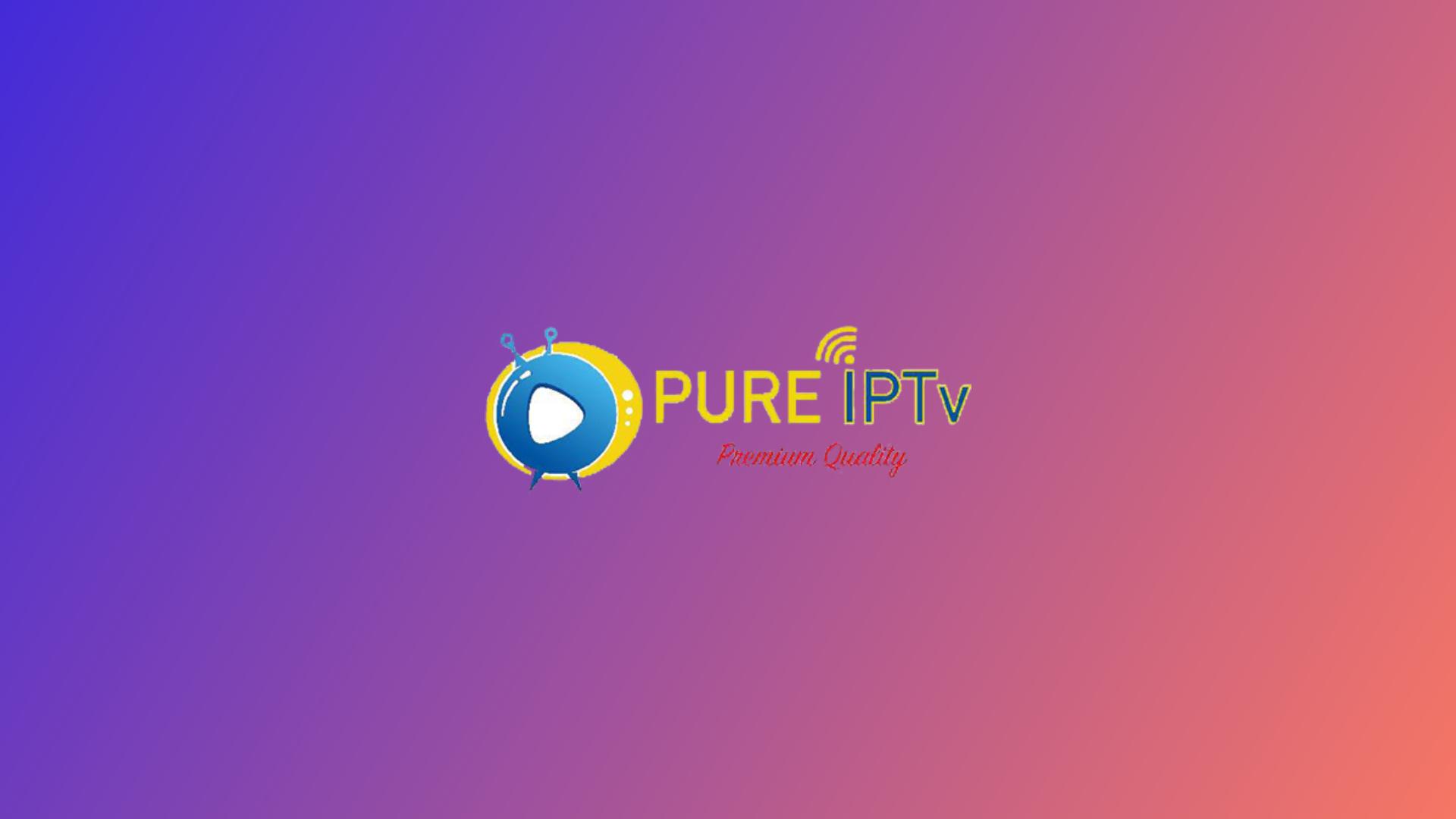Your Complete Standard Operating Procedure & Purchase Requisition Guide

Every organization, no matter its size, needs clear processes to run efficiently. Two crucial components in maintaining smooth operations are a standard operating procedure and a purchase requisition guide. These tools ensure that your team knows exactly how to perform tasks and make requests, reducing confusion and errors. Whether you are a small business or a large enterprise, understanding and implementing these practices is key to achieving operational excellence.
In this guide, we will explain what a standard operating procedure is, why it matters, how to create one, and how a purchase requisition guide helps streamline your procurement process. By the end of this article, you’ll have a practical understanding of how to use these tools to improve efficiency and accountability in your organization.
What is a Standard Operating Procedure (SOP)?
A standard operating procedure is a documented set of instructions that explains how to carry out routine tasks. SOPs are essential because they:
- Ensure consistency: Everyone performs the task in the same way, leading to uniform results.
- Reduce errors: Clear steps prevent mistakes that might arise from guesswork.
- Improve efficiency: Employees can complete tasks faster when instructions are clear.
- Aid training: New hires can quickly learn the workflow without constant supervision.
Creating an SOP involves identifying key processes, breaking them down into clear steps, and documenting them in simple language. Include visual aids like flowcharts or diagrams where necessary, as they make instructions easier to understand.
How to Create an Effective SOP
Here is a simple approach to create a useful SOP:
- Identify the task – Focus on the critical processes that need standardization.
- Break it down – Divide the task into small, manageable steps.
- Document clearly – Use simple language and avoid jargon.
- Include visuals – Flowcharts, diagrams, or screenshots can help explain steps.
- Review and test – Ask team members to follow the SOP and give feedback.
- Update regularly – Processes change over time, so update the SOP accordingly.
By following these steps, your organization will have a consistent, clear, and practical guide for every important process.
Understanding Purchase Requisition
A purchase requisition is an internal document created by employees to request the purchase of goods or services. The purchase requisition guide helps teams understand how to submit these requests properly. Implementing a clear guide provides multiple benefits:
- Approval workflow clarity: Managers can quickly approve or reject requests.
- Budget control: Prevents unauthorized spending by ensuring purchases are planned.
- Supplier coordination: Helps the procurement team coordinate with suppliers efficiently.
- Audit trail: Every request is documented, which makes audits simpler and more transparent.
Having a standardized purchase requisition process ensures your organization spends wisely and avoids confusion about what needs to be purchased and why.
Steps to Implement a Purchase Requisition Process
- Request submission: Employees fill out a purchase requisition form specifying what is needed.
- Manager approval: The form is reviewed by a manager or department head for budget and necessity.
- Procurement team processing: Approved requests are sent to the procurement team to find suppliers and finalize purchases.
- Order placement: The purchase order is created and sent to the supplier.
- Receiving and verification: Goods or services are received and checked for accuracy and quality.
- Payment process: Once verified, the finance team processes the payment.
Automating this workflow can save time, reduce errors, and maintain transparency across the organization.
Benefits of Combining SOP and Purchase Requisition Guide
When organizations use both a standard operating procedure and a purchase requisition guide, they gain several advantages:
- Operational consistency: SOP ensures all tasks are done the same way, while the purchase requisition guide ensures procurement follows the right path.
- Reduced confusion: Employees know exactly what to do and how to submit requests, minimizing mistakes.
- Enhanced accountability: Clear steps and approval processes hold team members responsible for their actions.
- Time efficiency: Less time is spent explaining processes or chasing approvals manually.
- Scalability: As your organization grows, standardized procedures make it easier to onboard new employees and expand operations.
Conclusion
A well-documented standard operating procedure and a clear purchase requisition guide are essential tools for every organization. They help streamline operations, reduce errors, maintain accountability, and improve overall efficiency.
By implementing these practices, businesses can ensure tasks are performed consistently, procurement requests are properly managed, and employees understand their responsibilities. Whether you are just starting out or looking to optimize your existing workflows, focusing on these core processes will lead to smoother operations and better organizational performance.
Start creating your SOPs and purchase requisition guides today to empower your team, enhance productivity, and maintain operational excellence.




